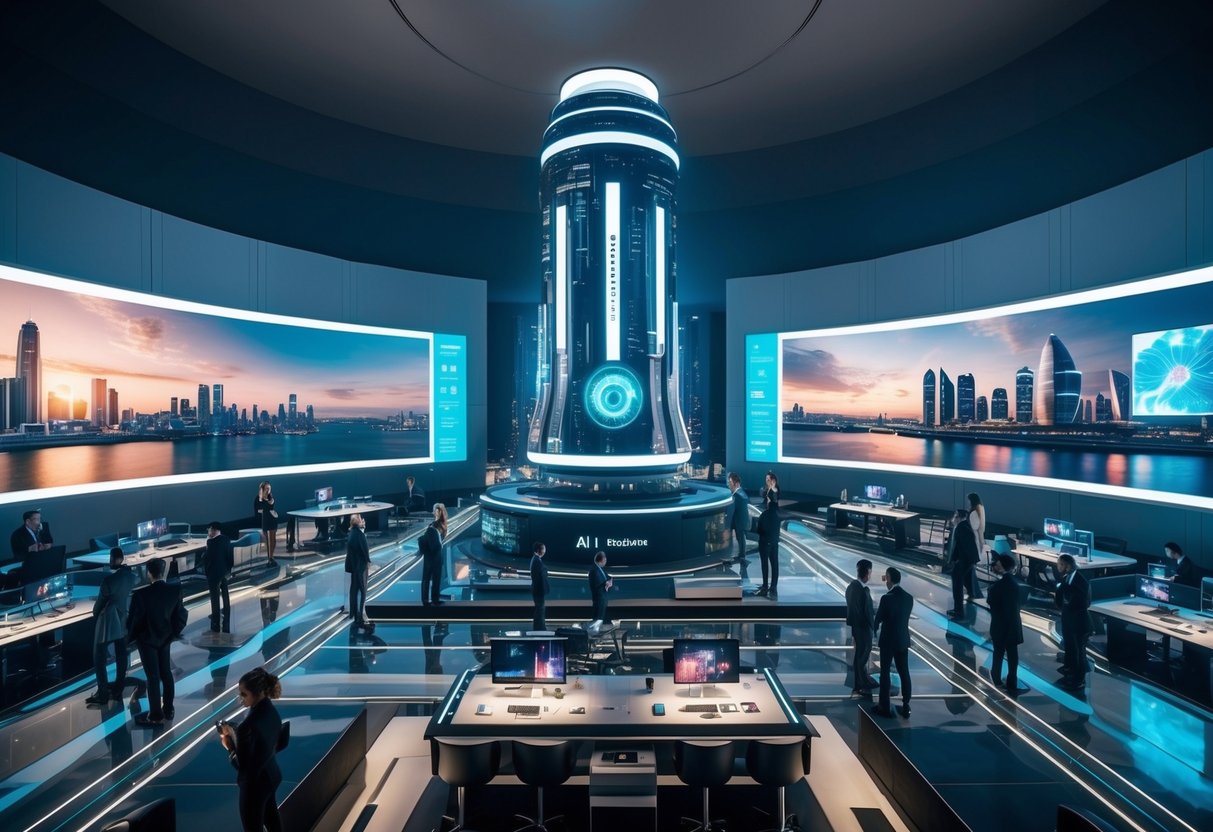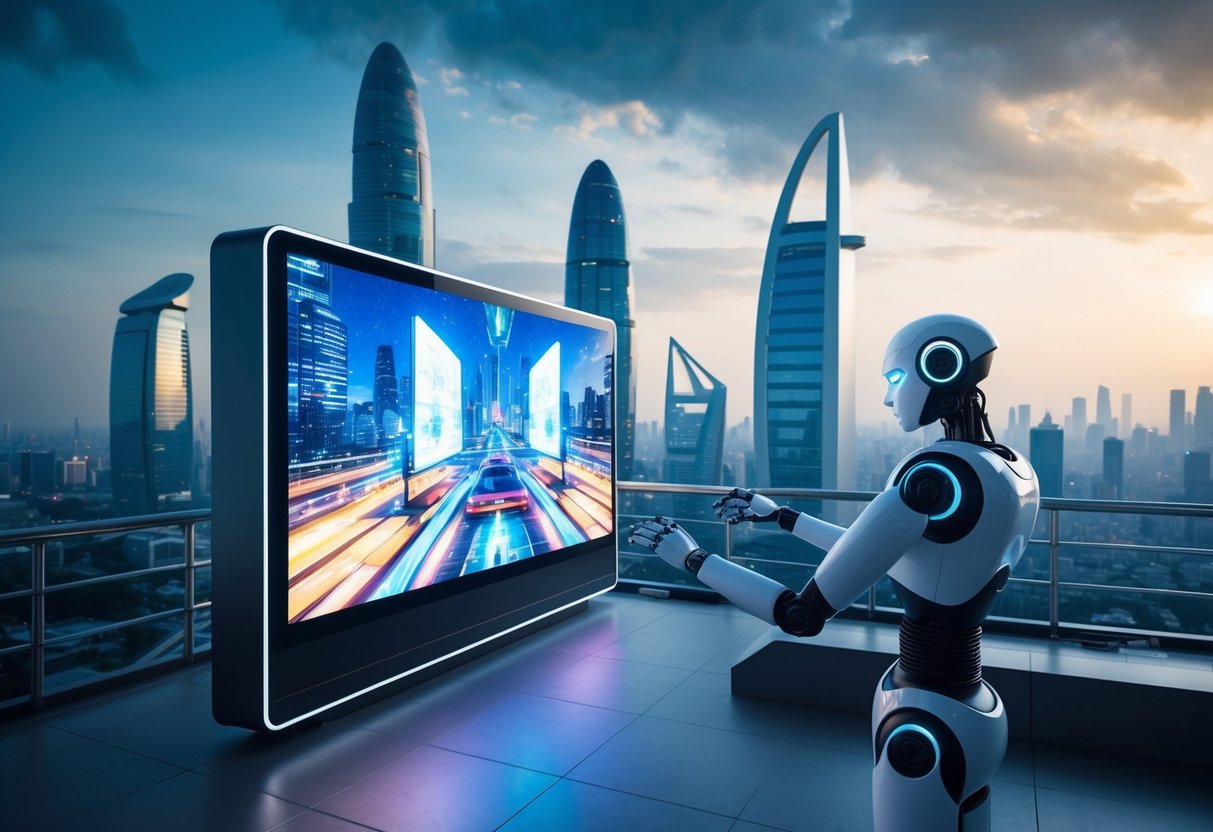
Role of Neural Networks and Algorithms
Neural networks and AI algorithms are crucial components in transforming creative efforts. By analyzing and mimicking patterns from existing works, these technologies aid in crafting innovative designs, sounds, or narratives. Musicians, for instance, employ neural networks to generate complex musical arrangements.
In visual arts, algorithms help refine images or sculpture designs, enhancing their detail and aesthetic value. The ability of neural networks to learn and adapt ensures a dynamic creative journey, reflecting a mixture of programmed precision and artistic intuition. As technology progresses, the integration of these tools within the creative industry will continue to evolve, offering new possibilities for artists and creators.
Human and AI Collaboration
Human creativity is experiencing a transformation as artificial intelligence becomes an integral part of the arts. Collaborations between artists and AI are producing works that harness the strengths of both, offering new dimensions in creativity and expression.
Augmented Creativity in Visual Arts
In the visual arts, artificial intelligence is serving as a tool that enhances human creativity. Artists are utilizing algorithms to generate novel patterns, color schemes, and even entire compositions that they might not have considered. AI-powered software can analyze thousands of artworks, enabling artists to blend historical styles with modern techniques in unique ways.
This collaborative process is not limited to exploration but extends into execution. Artists can refine their visions with AI’s precision, achieving effects that may be difficult or impossible to create manually. The role of AI varies from idea generation to technical execution, enabling artists to push their creative boundaries, all while retaining control over the artistic direction.
Synergy in Literary Publishing
In literary publishing, AI is revolutionizing the way content is created and edited. Collaborative tools are assisting writers in crafting narratives by suggesting plot developments, correcting grammatical errors, and even co-writing sections. These systems analyze vast amounts of text to offer real-time feedback, making the writing process more efficient.
Publishers are also benefiting from AI in the curation and recommendation of literature. By analyzing reader preferences and trends, AI can help identify potential bestsellers and match books to specific audiences. This synergy between human creativity and technology enhances the reach of literary works, opening up new opportunities for both established and emerging writers.
Technological Impact on Artistic Expression

Artistic expression has evolved with digital innovations, delivering new mediums and reshaping traditional techniques. Technologies like AI are not only creating new art forms but also challenging traditional concepts of originality and creativity.
Digital Tools on Traditional Canvas
Digital tools have redefined how artists approach traditional canvases. Software like Adobe Photoshop and Corel Painter allow artists to simulate brushstrokes and textures that mimic paint, pastels, and more. This integration offers dynamic possibilities, enabling artists to change their work with ease and experiment without the constraints of physical materials.
Many artists now incorporate digital methods into their traditional practices, blending the tactile experience of painting with digital enhancements. This synergy between digital and traditional approaches opens up innovative opportunities for creative expression. The flexibility digital tools provide empowers artists to create complex layers and textures, resulting in more intricately detailed works.